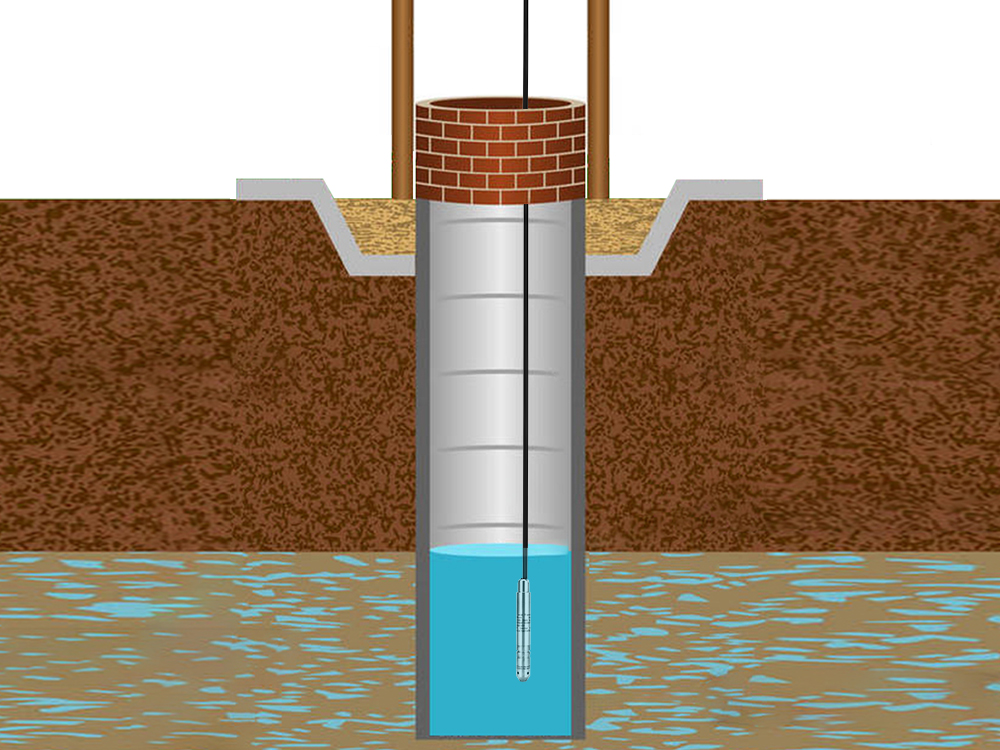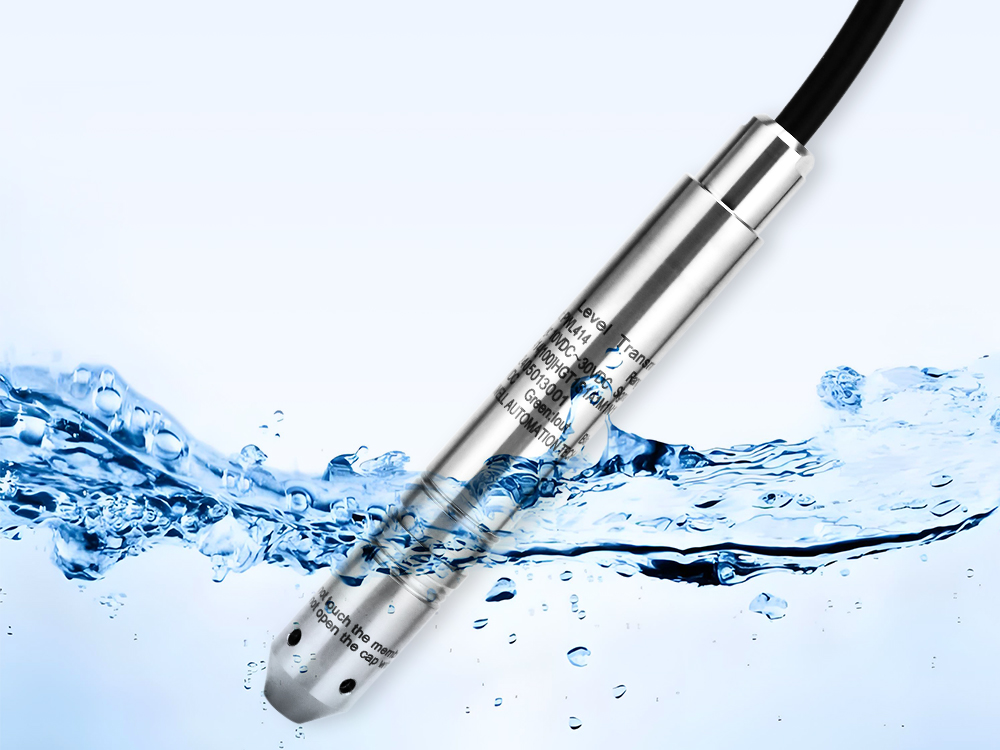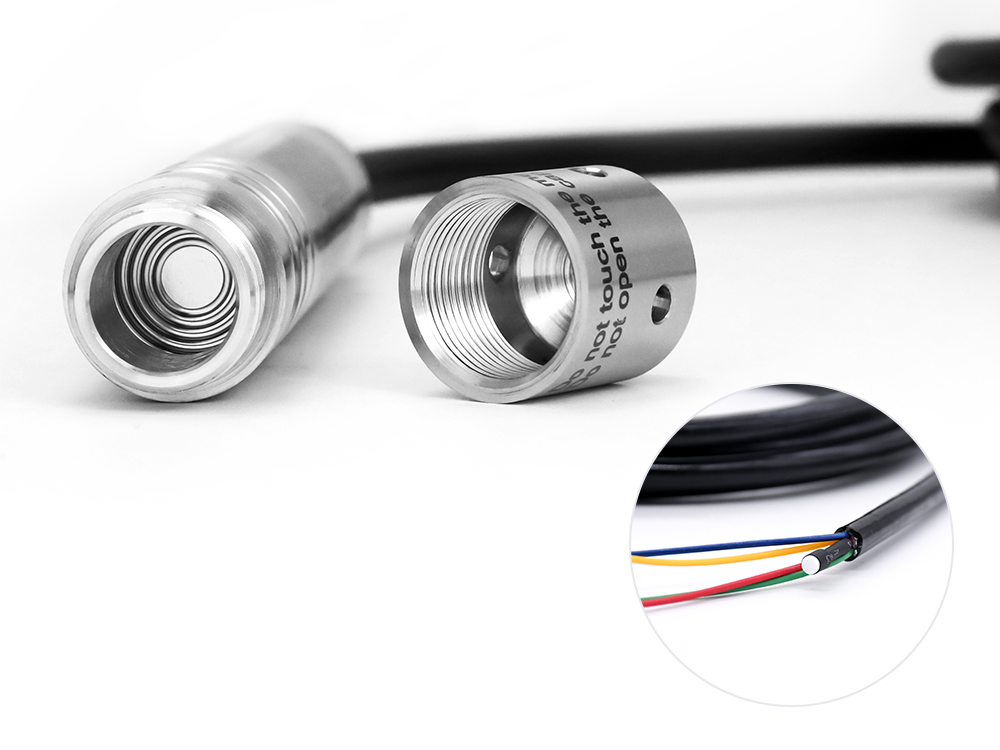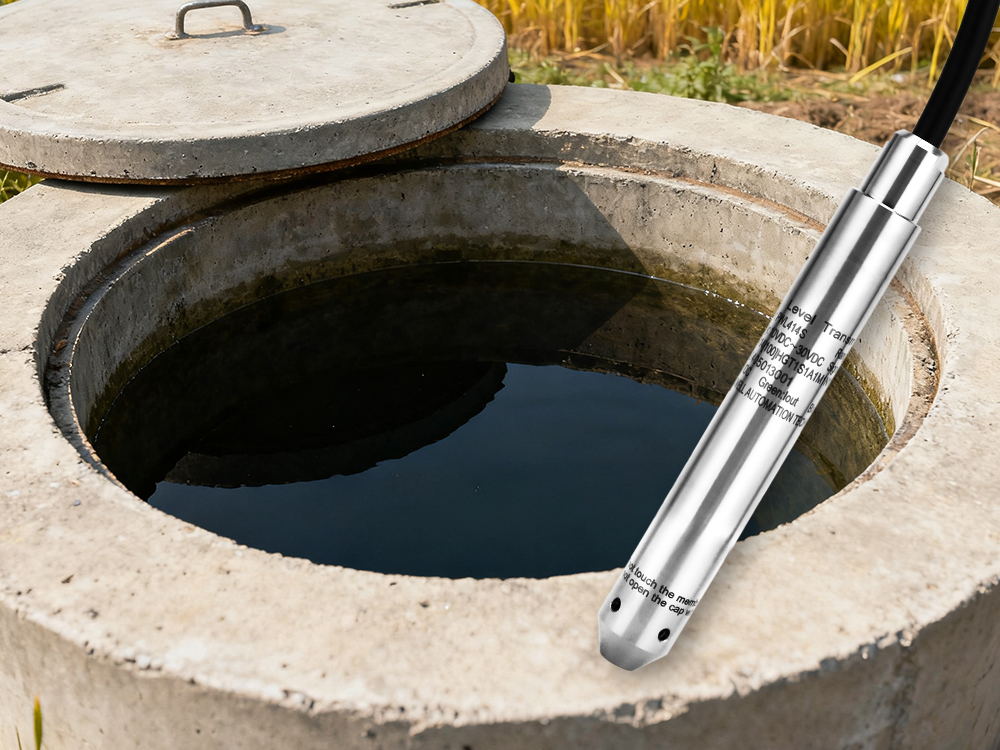Deep Well Monitoring with Submersible Pressure Transmitters
Monitoring water levels in deep wells has become increasingly important in today’s world, where water resources are under growing pressure from population growth, industrial demand, and climate change. Whether the application is municipal water supply, agriculture, hydrology research, or industrial operations, the ability to accurately measure well depth ensures both efficiency and sustainability. For this reason, deep well monitoring depends heavily on the use of submersible pressure transmitters, also known as submersible water level sensors, submersible hydrostatic sensors, or well level transducers. These devices are engineered to deliver reliable and precise data even in the most challenging underground conditions.
Understanding Submersible Pressure Transmitters in Deep Well Applications
A submersible pressure transmitter is a device specifically designed to measure the hydrostatic pressure exerted by a column of water. This pressure is proportional to the height of the water above the sensor, and through calibration, it can be directly converted into a measurement of water level or depth. Installed at the bottom of a well, a submersible pressure sensor continuously provides real-time data without requiring manual intervention.
This approach to deep well water level monitoring is far superior to traditional float-based systems or manual depth measurement. Because the transmitter is submerged, it eliminates many of the variables that can distort measurements in surface-based methods, such as evaporation, turbulence, or mechanical wear. The result is a stable, highly accurate data stream that can be used to inform pumping schedules, track aquifer levels, or feed into automated monitoring systems.

Basic working principle and installation position of a submersible pressure transmitter
Why Submersible Water Level Sensors Are Essential for Deep Well Monitoring
The conditions inside deep wells are demanding. Depths can exceed 100 or even 200 meters, and water quality varies significantly, from clean groundwater to mineral-rich or saline water. Submersible water level sensors are specifically built to withstand these conditions. They are housed in corrosion-resistant stainless steel or titanium and protected by IP68 ratings, which guarantee resistance to water ingress during continuous immersion.
Another advantage is their ability to deliver long-term stable readings with minimal drift. This is crucial in groundwater monitoring sensors, where data often needs to be collected and compared over periods of years or even decades. Additionally, their compact design and lack of moving parts mean they require very little maintenance, making them both practical and cost-effective for long-term use.

A high-accuracy deep well submersible pressure transmitter for precise water level monitoring.
Key Specifications of Submersible Pressure Transmitters for Wells
When choosing a deep well water level transmitter, the technical specifications must align with the application. The measurement range is the first factor: shallow wells may require transmitters rated for 20–50 meters, while deep industrial wells need ranges up to 200 meters or more. Accuracy is equally important; even small errors can distort groundwater models or affect supply operations. Many submersible hydrostatic sensors offer accuracies of ±0.1%FS, ensuring precise results.
Output signals are also a major consideration. The 4–20mA current loop is the most common and reliable for long-distance signal transmission, particularly in installations where cables run hundreds of meters. For digital integration, RS485 Modbus transmitters are becoming increasingly popular, especially in systems connected to SCADA or remote monitoring platforms.

Submersible pressure transmitter cable and sealing interface close up.
Cable material and length also matter. Cables must be long enough to reach the desired depth and rugged enough to withstand water chemistry. Polyurethane and Teflon are preferred for their resistance to abrasion and chemicals. Finally, the choice of housing material—stainless steel for most applications or titanium for highly corrosive water—determines long-term durability.。
Applications of Deep Well Water Level Transmitters
The range of applications for submersible pressure transmitters in deep wells is vast. In environmental studies, they are used to track seasonal variations in groundwater levels, monitor aquifer recharge rates, and detect long-term changes caused by climate shifts. Municipal water suppliers depend on them to manage groundwater extraction, ensuring stable supply for urban populations while avoiding overuse.
In agriculture, especially in regions that rely on irrigation, submersible pressure sensors help farmers optimize water usage. By knowing exactly how much water is available in wells, they can plan irrigation more efficiently, saving costs and conserving resources. Industrial operators, from mining to manufacturing, use these transmitters to ensure a stable water supply for operations, while also monitoring for environmental compliance. Hydrologists and researchers benefit from the continuous, long-term data these devices provide, which forms the foundation of accurate groundwater models.

Submersible pressure sensor deep well application in agriculture and municipal projects.
Benefits of Submersible Hydrostatic Sensors in Deep Wells
The benefits of submersible hydrostatic sensors go well beyond accuracy. Their robust, maintenance-free design ensures a long service life, making them a cost-effective choice compared to systems that require regular inspection and replacement. By delivering real-time data, they improve decision-making and allow operators to respond quickly to fluctuations in groundwater or changes in demand.
These sensors also help protect water resources by preventing over-pumping. Without accurate monitoring, wells may be drained too aggressively, leading to aquifer depletion, land subsidence, or saltwater intrusion. By using groundwater monitoring sensors, organizations can safeguard resources while maintaining supply reliability. In this way, submersible transmitters are not just measurement devices—they are tools for sustainability.
Selecting the Right Submersible Pressure Sensor for Deep Well Monitoring
Choosing the best submersible pressure sensor for deep well monitoring involves balancing measurement needs with environmental conditions. Start with the depth and accuracy required for your well. Then select the output signal compatible with your monitoring equipment. Consider housing and cable material based on water chemistry, as well as the total cable length required for installation.
It is also important to verify the sensor’s certifications and long-term stability ratings. A deep well water level transmitter with proper design and quality assurance can last for many years with minimal recalibration. By making careful choices at the outset, operators ensure consistent data quality and reduced operational costs in the long run.
Conclusion: Submersible Pressure Transmitters Safeguard Deep Well Monitoring
In today’s world, where water scarcity and demand are pressing issues, accurate deep well monitoring has never been more important. Submersible pressure transmitters deliver the precision, durability, and efficiency needed to manage water resources effectively. From municipal utilities to agriculture and environmental research, these sensors provide critical insights that drive better decisions and long-term sustainability.

Deep well monitoring sensors applications in agriculture municipal and research fields.
Looking for reliable submersible pressure transmitters for deep well monitoring? Contact us today for expert recommendations and tailored solutions.
Frequently Asked Questions (FAQ)
Q1: How deep can submersible pressure transmitters operate?
Most models are designed for 50–200 meters, but specialized versions can go deeper.
Q2: What is the best signal output for deep well monitoring?
The 4–20mA current loop is preferred for long distances, while RS485 Modbus suits digital monitoring systems.
Q3: How often should a submersible water level sensor be calibrated?
Typically every 12–24 months, though high-quality transmitters may require less frequent recalibration.
Q4: Can submersible pressure sensors be used in seawater wells?
Yes, but titanium housings are strongly recommended to prevent corrosion.
Q5: What is the difference between a submersible pressure transmitter and a submersible pressure sensor?
The terms are often interchangeable, but transmitters usually include built-in electronics for signal conditioning and easier integration.
 English
English Spanish
Spanish
